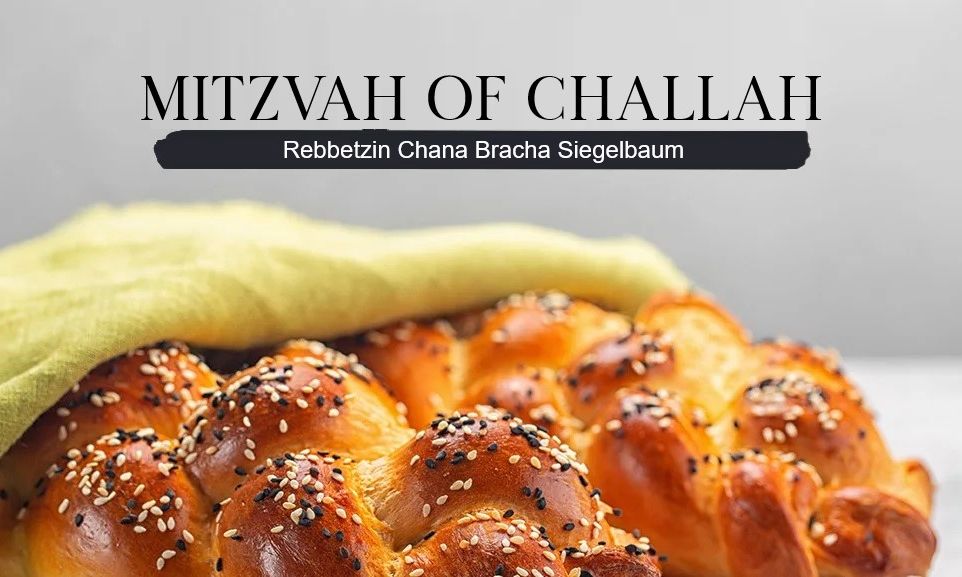
The Mitzvah of Challah
Did you know that the mitzvah of separating challah from the dough is connected to Eretz Yisrael and the sin of the spies? Even the individual ingredients in challah have spiritual significance! Rebbetzin Siegelbaum explains...

…Speak to the children of Yisra’el, and tell them, when you come into the land where I bring you, it shall be, that, when you eat of the bread of the land, you shall offer up a gift to Hashem… (Bamidbar 15:18-19)
The mitzvah of separating challah is written in the Torah portion of Shlach Lecha (Bamidbar 15:17-21). This portion begins with a recount of cheit hameraglim, (the sin of the spies), which caused the Jewish people to wander for 40 years in the desert rather than proceeding directly into the Land of Israel. As the primary rectification for the nation of Israel’s abandonment of the Land of Israel, Hashem commands us regarding the challah offering. This mitzvah applied from the moment the Jewish people entered the Land of Israel as learned from the expression, בְּבֹאֲכֶם אֶל הָאָרֶץ – “when you come into the land”.[1]
Upon entering the Holy Land, we would no longer be spoon-fed the manna, but were required to earn our own keep by cultivating the land growing the grains needed to produce challah, with the rest of the crops of the land. Working hard rather than receiving free gifts results in the greatest pleasure of becoming worthy of Hashem’s blessings. Since challah is ultimate hard-work food, Chazal calls the embarrassment of accepting handouts “נהמא דכסופא”- “bread of shame”. When so much human efforts are put into producing bread, one may be tempted to forget that Hashem is the source of all our creations. Without Hashem’s blessing we would not be able to lift even a finger. Therefore, especially while working hard for our living, we need to remember Hashem by separating off a piece of our challah. Since it is a greater challenge to remember Hashem while involved in the earthly pursuit of working the land rather than receiving manna directly from His heavenly hand, the mitzvah of taking challah symbolizes our superior relationship with Hashem which is possible only in the Land of Israel. This explains why separating challah empowers the Israelites to assume ownership over the Land.
Challah is the first kind of trumah (offering) connected to the Land of Israel. Although no other trumot and ma’asarot are required outside of the Land of Israel, we perform the mitzvah of challah even outside of the Land of Israel, “so that we do not forget it.” (Rambam, Mishna Torah, Hilchot Bikurim, chapter five, part 7) Because challah is intrinsically connected with the Land of Israel, the separation of challah is chosen from all other trumot uma’asarot to help remind us of our special obligations when in the Land of Israel.
The Halachic definition of taking challah entails donating a section of dough (made from wheat, barley, spelt, oat or rye) to the Kohen. Since today we are all considered ritually impure, the Kohen cannot eat the challah. Instead, Jewish women and kosher bakeries separate a piece of the challah dough and dispose of it respectfully. Only a small piece of dough is separated for challah -since it cannot be eaten, it would be wasteful to separate the original required 1/24th or 1/48th of the dough.
Many women have adopted the minhag (custom) of baking bread especially for the Shabbat in order to be able to fulfill the mitzvah of separating challah.
According to the Chazon Ish, challah without a bracha (blessing) is to be taken from flour weighing at least 1 kg. 2oo gram, (2 lb. 10.2 oz) challah with a bracha is to be taken from flour weighing at least 2 kg. 250 grams (4 lb. 15.2 oz)
How to Take Challah
Take a piece of dough customarily the size of an olive and declare:
.הֲרֵי זוֹ חַלָּה
Harei zo challah.
This is challah.
Then recite the following bracha:
בָּרוּךְ אַתָּה יְדֹוָד אֱלֹהֵינוּ מֶלֶךְ הָעוֹלָם, אֲשֶׁר קִדְּשָׁנוּ בְּמִצְוֹתָיו וְצִוָּנוּ לְהַפְרִישׁ חַלָּה מִן הָעִסָּה:
Baruch Ata Hashem Elokeinu melech haolam asher kidshanu b’mitzvotav v’tzivanu l’hafrish Challah min ha’isa.
Blessed are you, Hashem Elokeinu, King of the World who sanctified us with His mitzvot and commanded us to take challah from the dough.
As long as the Temple is still not rebuilt we are unable to give the challah offering to the Kohen. Therefore, the bread set aside must be destroyed, either by burning it in the oven while double covered in aluminum foil, or by wrapping it respectfully before disposing of it.
Optional Prayer after Separating Challah
May it be the will before You, Hashem, our G-d, that the merit of separating challah will be considered as if I fulfilled it in all its details and particulars, and this separation of challah will be considered as if accepted with ratzon (will).
Just as in previous times, the challah was given to the Kohen as an atonement for sins, may this offering be an atonement for my sins, and transform me to become born anew, pure and untainted.
May I be able to keep the mitzvah of Shabbat Kodesh, and these holidays with my husband and children being sustained from the kedushah of the days. And from the influence of the mitzvah of challah, may our children always be sustained from the Hands of Hashem, in Your great mercy and kindness and with great love.
May the mitzvah of challah be accepted with complete heart, so the mercy of Hashem will be aroused to guard me from troubles and pain for all the days. AMEN!
Spiritual Qualities of Each Ingredient
While we add each ingredient to the challah we may focus on their spiritual qualities through prayerful meditation.
Water: “There is no water but Torah”- Torah is like water- It nurtures everything with its life-giving quality. It allows all other ingredients to be expressed and add its own special quality. May we all be connected to Torah in our everyday lives!
Yeast: Its bubbling can signify happiness enthusiasm, while its ability to leaven symbolizes the yetzer hara (ego). Yeast in Hebrew שמרים- means to guard. We can guard the ego by challenging the yetzer hara in excited joyous service. May we guard ourselves against our yetzer hara, and guard our tongue, our health, our people, our country and our Torah!
Sugar: Its sweetness symbolizes loving/kindness (חסד) and softness. May we always be sweet to others, develop a good eye to see the positive in everything! May Hashem forgive us and sweeten the judgment!
Flour: Just as Hashem gave us the wheat to refine and improve it, so did He give us life to elevate, rectify and become holy. Flour represents our opportunities to participate in Creation. The woman sifts, kneads, separates, blesses and bakes. She elevates the finished product, and gives life energy to her family.
Hashem please give us the knowledge and wisdom to use our creativity for good and choose life!
Salt: Salt needs to be in exact amount to be effective and give taste. Every trait of our character needs to be in the right amount- the golden mean. Please Hashem help me find the middle way in every trait of my behavior. May I not be pulled in the wrong direction or step over the boundaries given by You!
Oil: Light represents the wisdom of Torah, holiness and kingdom. The King, the Kohanim, and the holy vessels were anointed with oil. “A Mitzvah is a candle and Torah is light.” (Mishlei 6:23)
May Hashem shower us with an abundance of blessings and may we merit to bring about the House of David the anointed!
According to Rabbi Yehuda, the Tree of Knowledge was a wheat bearing tree. (Brachot 40a) After the sin of eating from the Tree, the wheat fell and became scattered chaffs. When women bake challah we enact a tikun for eating from the Tree. The braiding of the challah symbolizes the unification of the scattered chaffs, creating one entity braided together. Perhaps braiding with six strands signifies the unification of the physical realm with its 6 dimensions. The challah created from these 6 braids symbolizes the 7th dimension- the aspect of Shabbat- holiness within the physical reality.[2] May your home be a haven of holiness, amen.
***
Rebbetzen Chana Bracha Siegelbaum is Director of Midreshet B’erot Bat Ayin in Gush Etzion
* * *
[1] Based on Rav Yitzchak Ginsburgh’s teachings
[2] Insight by Rebbetzin Chana Bracha together with alumna Tziona Achishena Zilberstein


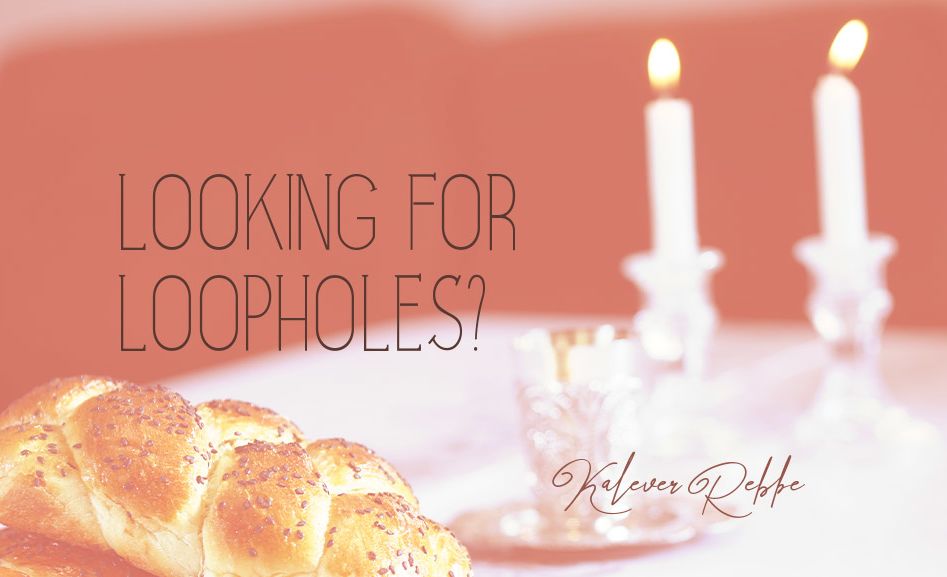
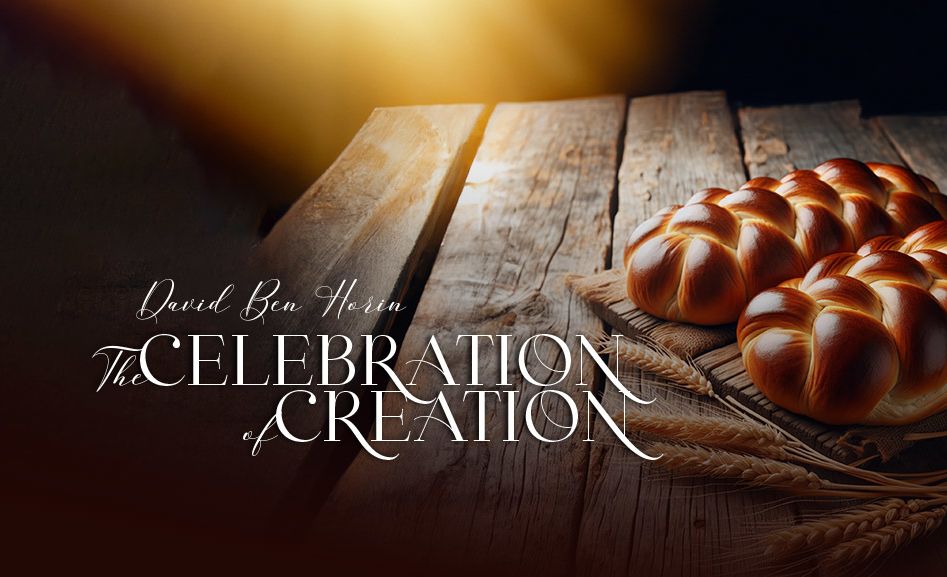
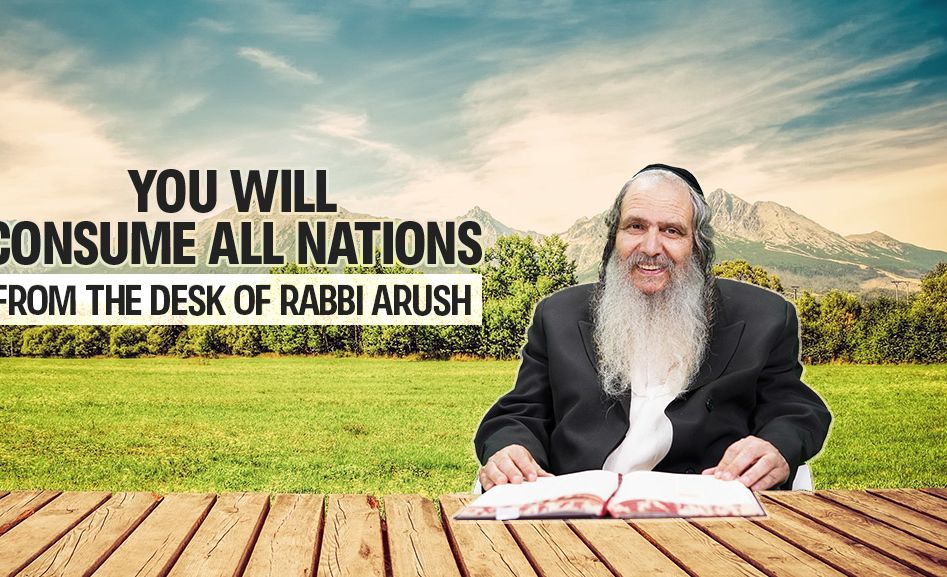
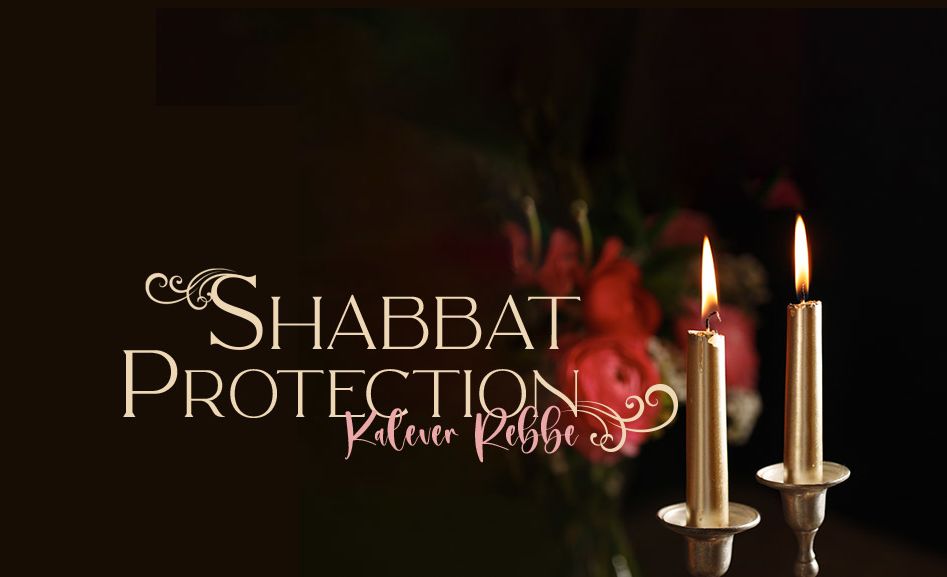

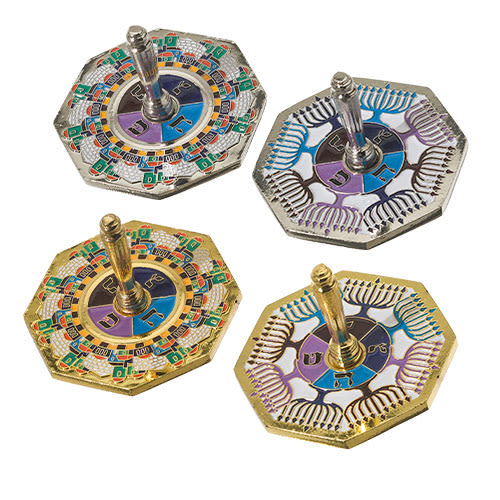
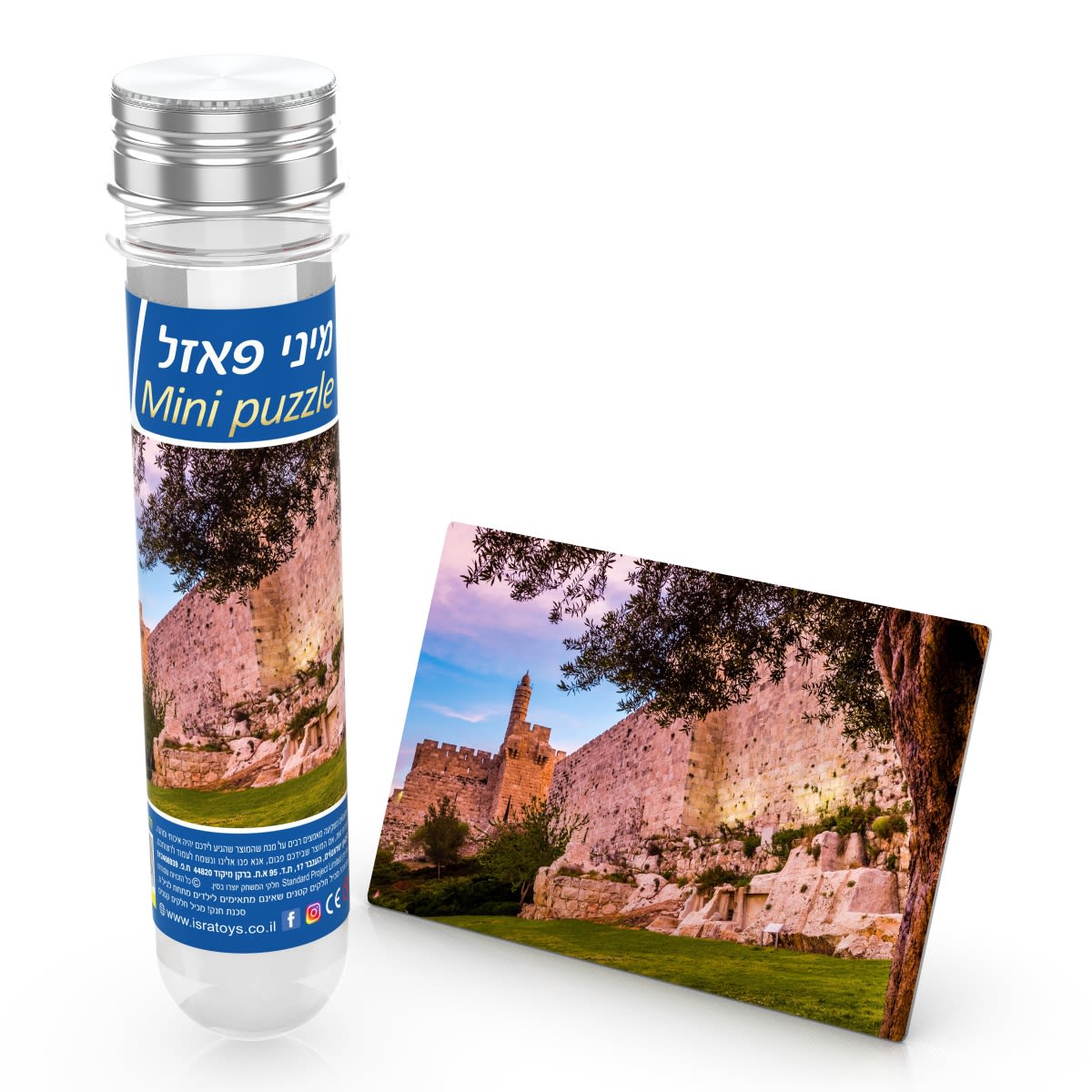
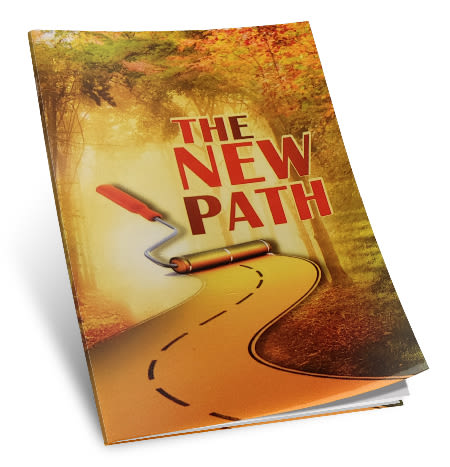
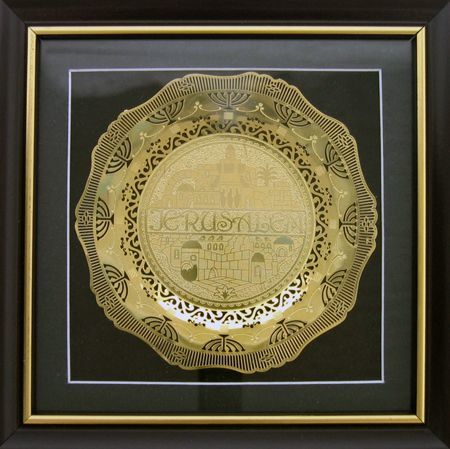

6/11/2015
Order of chafrasas challah
Maybe there are different shitas but I learned that first you make the bracha, then you separate out a piece of challah, then declare ha'arei zu challah.
6/11/2015
Maybe there are different shitas but I learned that first you make the bracha, then you separate out a piece of challah, then declare ha'arei zu challah.